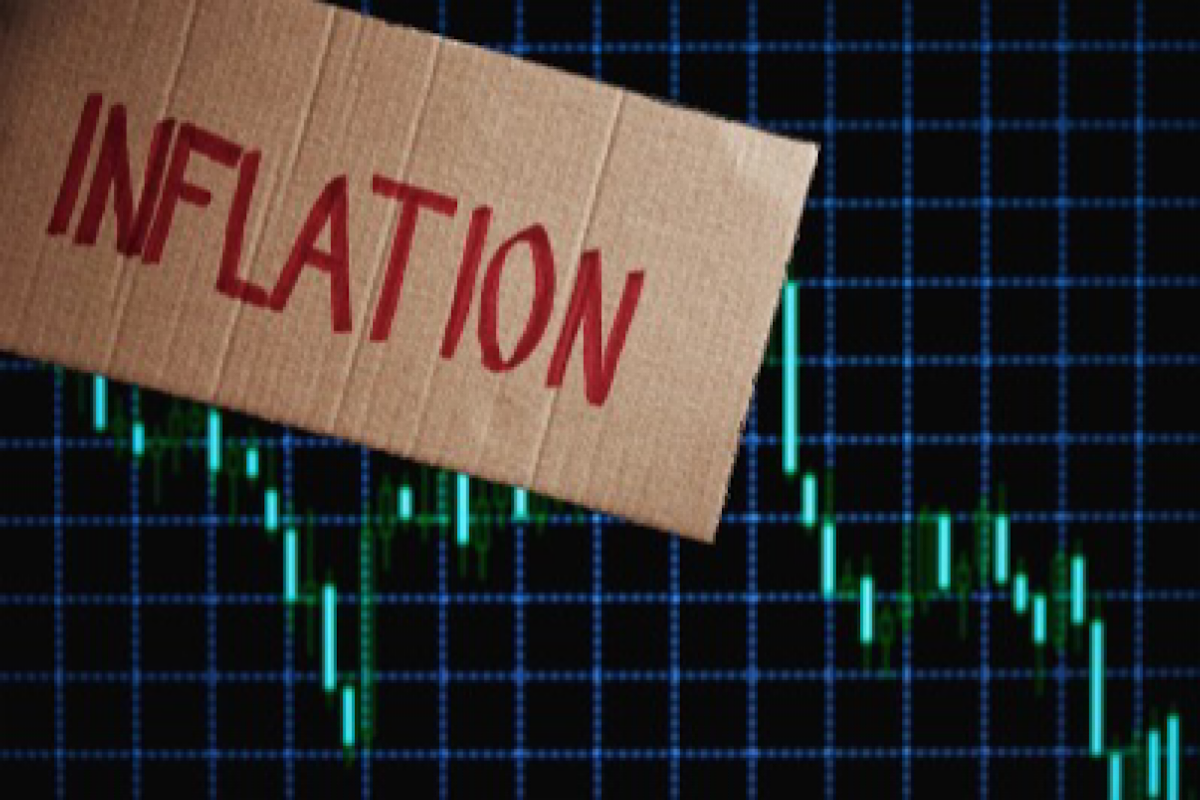As we move into the second half of the fiscal year, the Reserve Bank of India’s (RBI) forecast of a 4.5 per cent average inflation rate brings some optimism. Easing crude oil prices are expected to provide a cushion, but the persistence of food price volatility casts a shadow over the inflationary outlook. While the RBI remains hopeful that the vegetable price shocks, which have characterised the first quarter of this fiscal year, may reverse, the risks associated with food inflation are far from over.
Food prices have long been a key driver of inflation in India, as they account for nearly half the retail inflation basket. The August inflation print of 3.65 per cent, though only slightly higher than the previous month, was largely driven by rising food prices, particularly vegetables. Given this context, it becomes evident that food inflation is not just an economic concern, but also a political one. Rising food costs can strain household budgets and disproportionately affect lower-income groups, making it a challenge for the government to manage both inflation and public sentiment.
Advertisement
One of the critical factors in India’s food price volatility is the unpredictability of monsoon patterns. A delayed or inadequate monsoon season can severely impact crop yields, leading to supply shortages and driving up prices. Moreover, the global supply chain disruptions, exacerbated by geopolitical tensions, continue to pose risks to India’s food security and inflation. Although domestic food production remains resilient, these external factors can create fluctuations that are difficult to control through monetary policy alone. The RBI’s cautious stance in keeping interest rates unchanged for nine consecutive meetings reflects its delicate balancing.
Easing monetary policy too quickly could reignite inflationary pressures, especially if food prices remain unpredictable. On the other hand, maintaining a restrictive monetary policy could stifle growth and dampen consumer spending, which is critical for India’s economic recovery post-pandemic. The RBI has also pointed out that September’s inflation figures may face challenges due to an unfavourable base effect. This signals that while inflation may appear higher in the short term, it does not necessarily indicate a worsening inflationary trend. However, the central bank’s upcoming monetary policy meeting in October will be crucial in determining the future direction of interest rates and inflation control strategies.
Beyond food inflation, the central bank has also raised concerns about the financial sector, particularly non-banking financial companies (NBFCs) and microfinance institutions. These sectors face growing risks related to asset quality and cybersecurity, indicating that the financial stability of the broader economy is intertwined with inflationary trends. As NBFCs turn to offshore bonds for funding, their exposure to global financial risks increases, which could complicate efforts to stabilise inflation. Ultimately, India’s inflationary landscape in the second half of the fiscal year will depend on how successfully the RBI manages these multiple, often competing, factors
